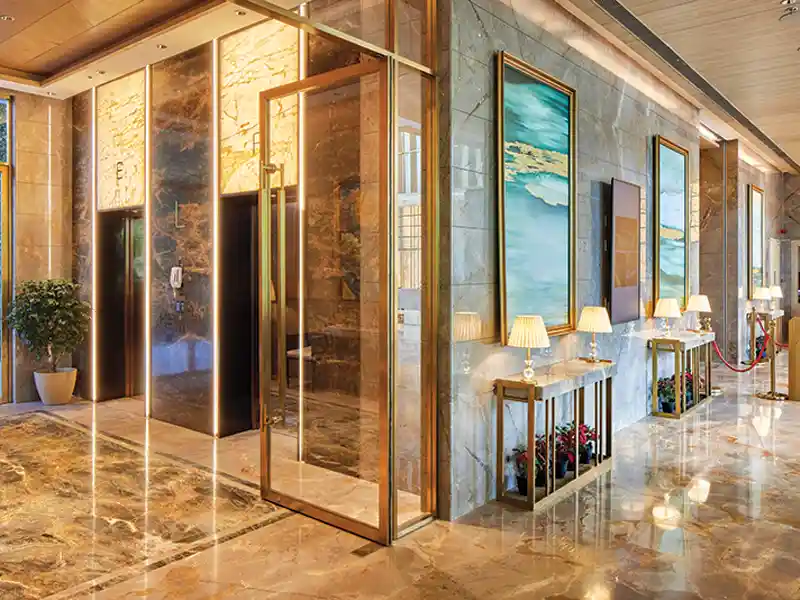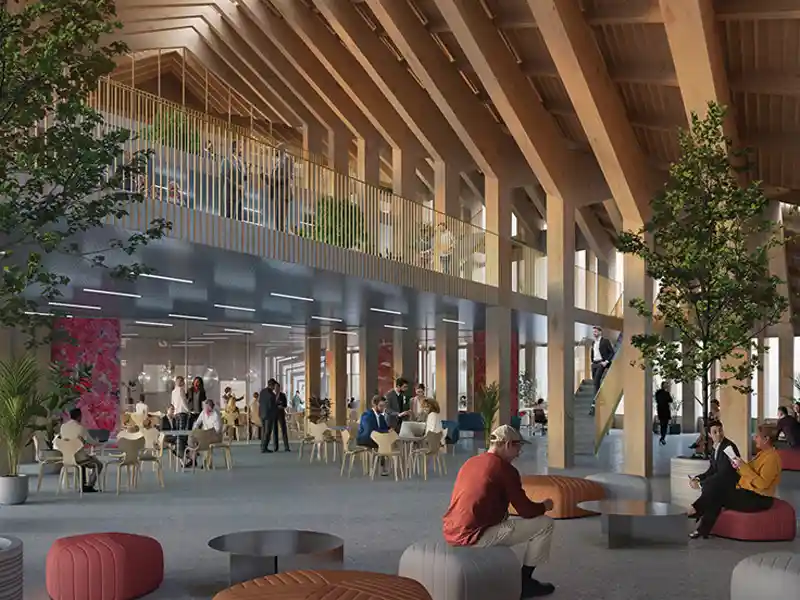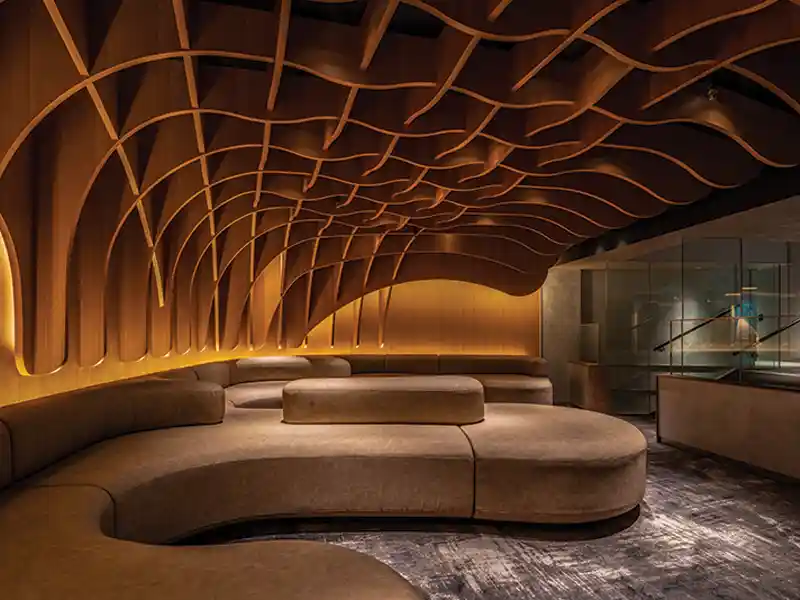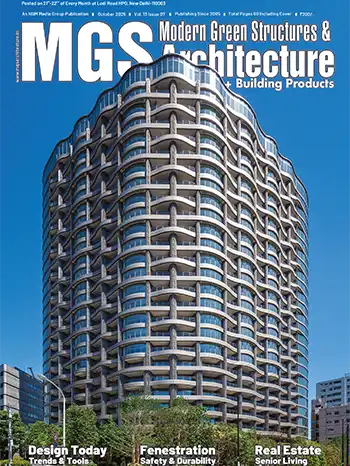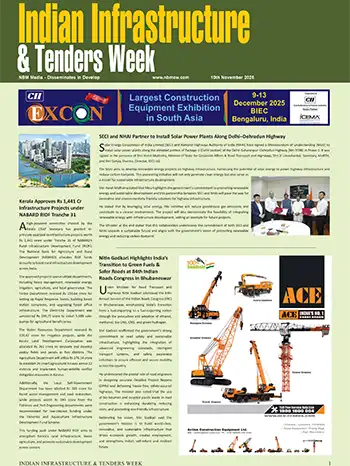
Modern cities will be designed to resist natural disasters and pandemics. The goal will be to design cities which can balance themselves after the disasters, without impacting their economic growth. Technology will play the most essential role in keeping everyone safe and productive, in managing crowds in public spaces like malls and cinema halls, and in optimizing safety measures in offices and factories.
Sanitization of buildings and touch-less technology will be in demand.
Design that improves air quality in buildings and ensures proper ventilation will be a focus part of building design. Operating and maintaining HVAC systems remotely, using occupancy data to adjust airflow as per density of the people present, working from home etc will become the norm and will also lessen carbon footprint.
Commercial spaces will have more touch-free access with sensor-based entry and exit. There will be more and more use of automated technology like hands-free, mobile-operated light switches, voice activated elevators, etc. Thermal imaging cameras that can measure body temperature of people entering the building from a two-meter distance, mandatory sanitization kiosks at all entry points, maintaining safety and hygiene will become necessary in a building’s design.
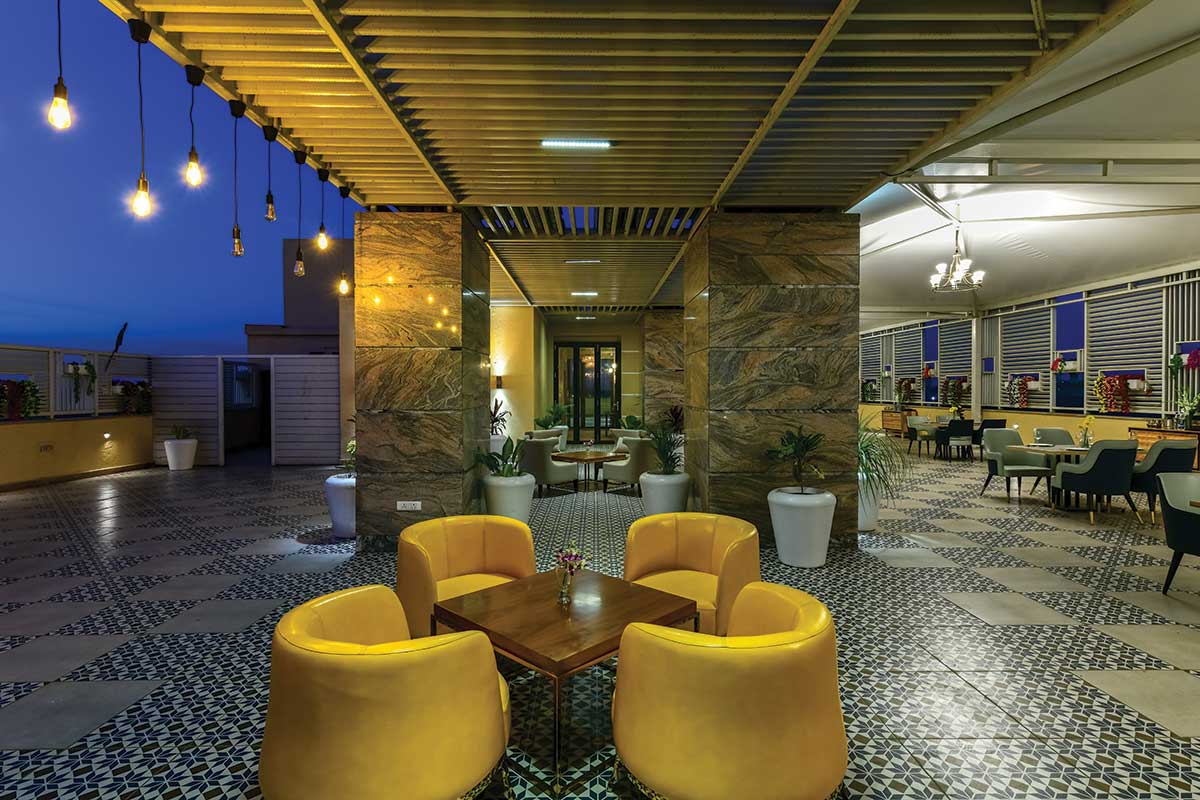
Prefab construction using standardized components produced at factories will be adopted more and more.
During the pandemic, construction sites were closed, factories were shut down, and there was a major scarcity of building materials due to slow production and disruption in the supply chain. The construction industry is now looking at safer and smarter ways to build, such as prefab. Also, materials that do not allow viruses to remain active up to 24 hours such as copper and its alloys will be used for table-tops etc and surfaces will be made out of solid acrylic which are less prone to attracting bacteria.

